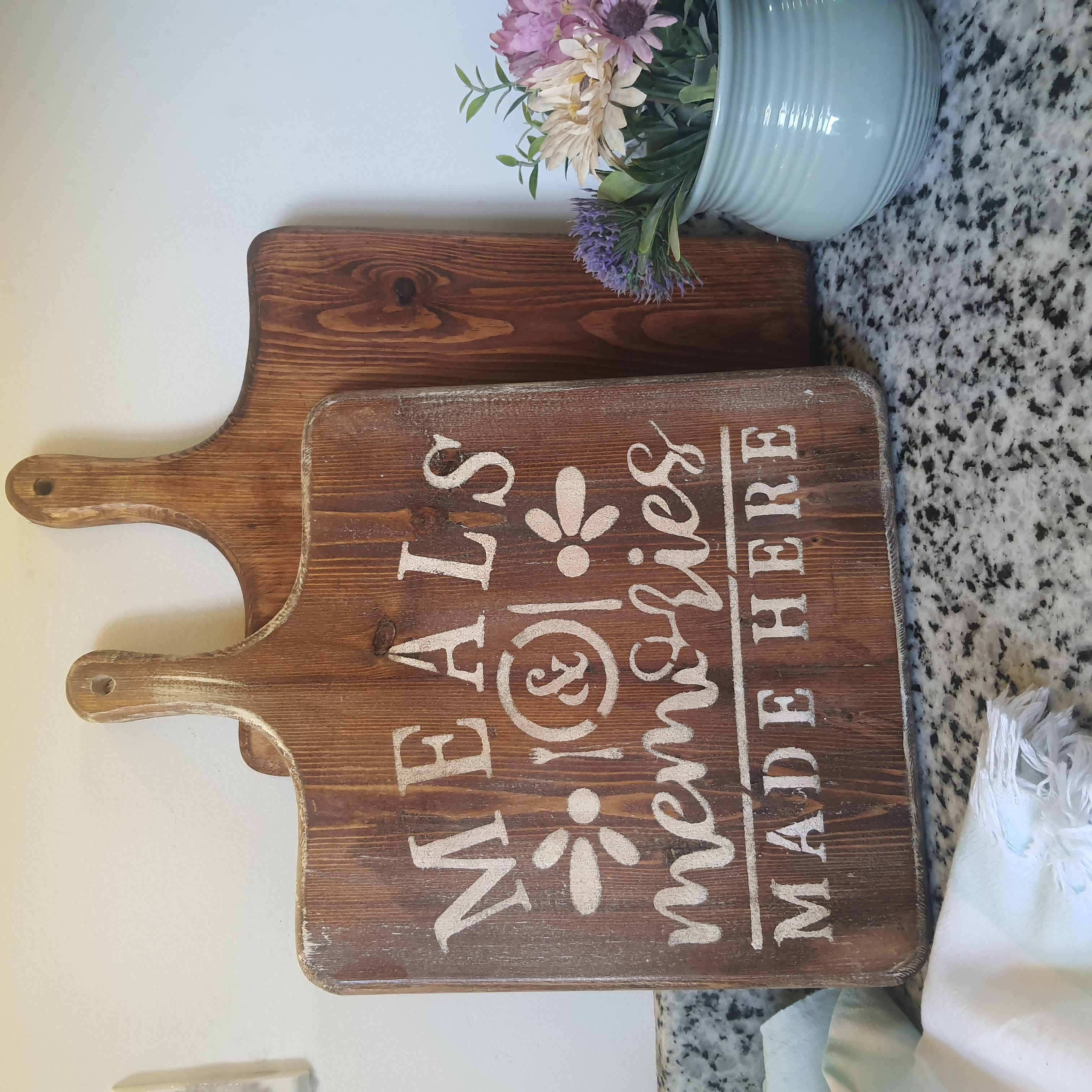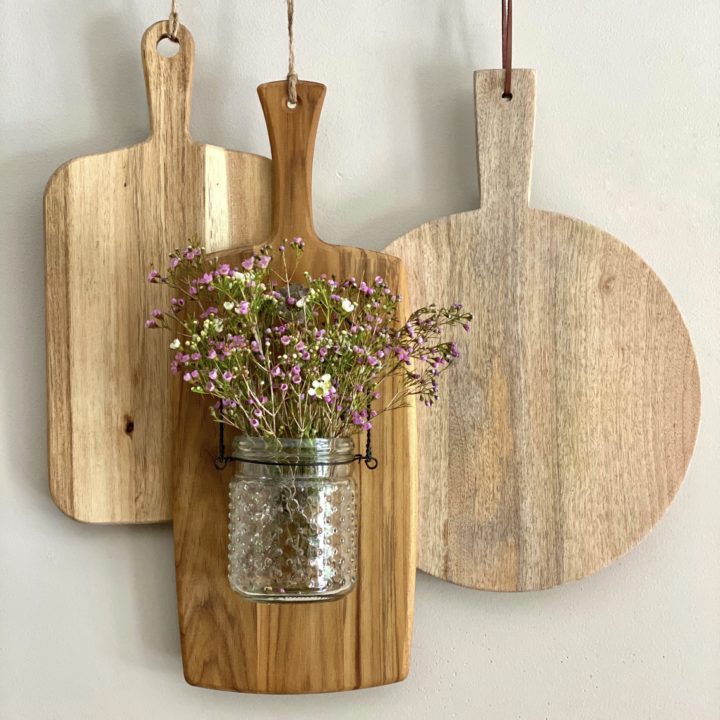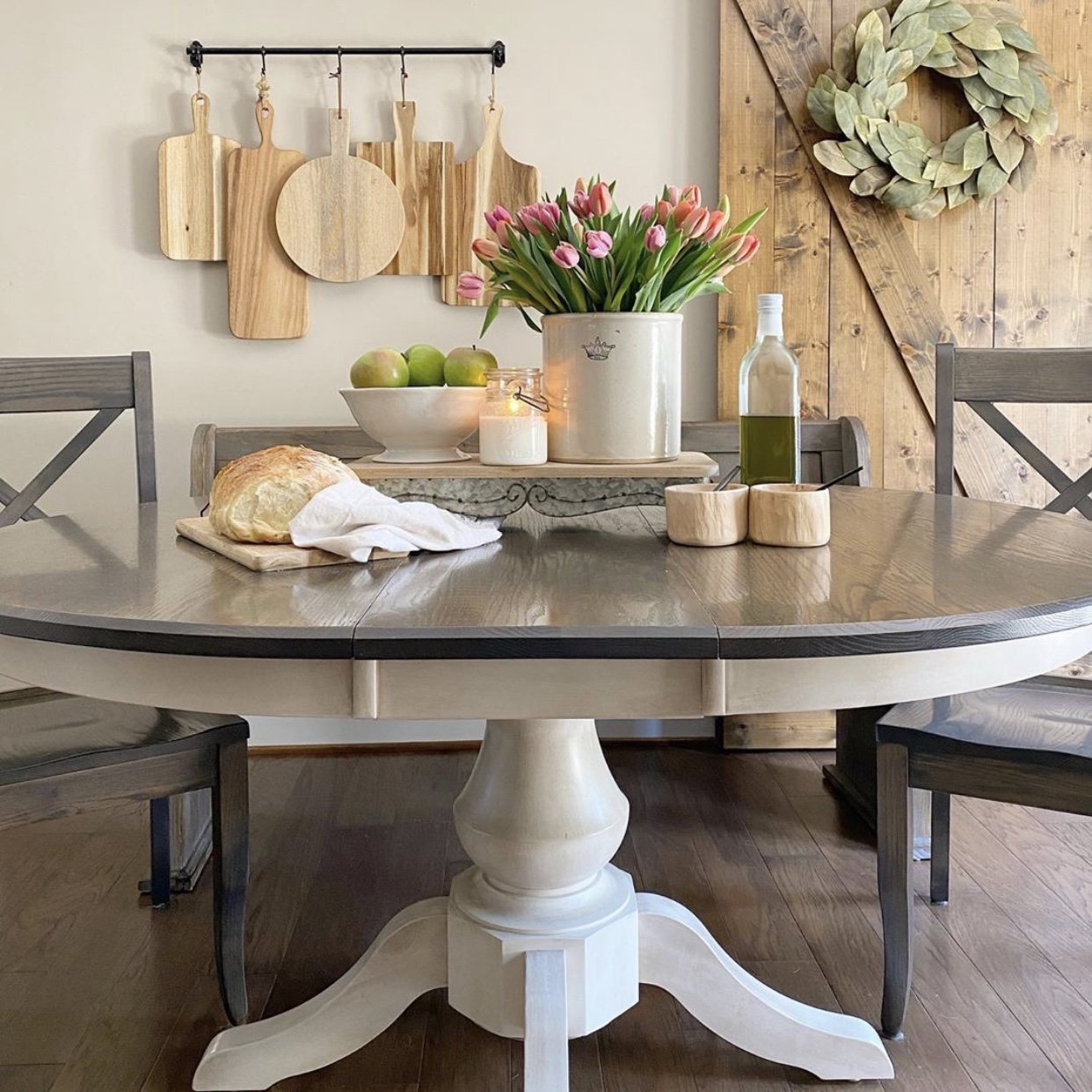Welcome to the ultimate guide on decorative cutting boards! As an avid home cook and kitchen enthusiast, I can tell you that cutting boards aren’t just functional tools; they can also be stunning pieces of art that elevate your kitchen’s aesthetic. In this article, we’ll explore the various types of decorative cutting boards, their materials, care tips, and much more. Let’s dive into the world of cutting boards and discover how they can enhance your cooking experience and kitchen decor.
What Are Decorative Cutting Boards?
Decorative cutting boards serve a dual purpose: they are practical kitchen tools and beautiful decorative items. These boards can be made from various materials, including wood, bamboo, glass, and plastic, and often showcase unique designs, engravings, or artistic elements.
Why Use Decorative Cutting Boards?
- Functional: They serve as a sturdy surface for chopping, slicing, and serving.
- Aesthetic Appeal: They can enhance your kitchen decor and add a touch of personality.
- Gift Potential: They make great gifts for weddings, housewarmings, or culinary enthusiasts.

Types of Decorative Cutting Boards
When selecting a decorative cutting board, it’s essential to consider the various types available. Each type comes with its unique set of benefits and design features.
Wood Cutting Boards
Wood cutting boards are a classic choice, known for their beauty and durability. Made from various types of wood such as maple, walnut, and cherry, they can range from simple to intricately designed.

| Type of Wood | Characteristics | Maintenance |
|---|---|---|
| Maple | Hard, durable, and widely used in professional kitchens. | Oil regularly to maintain its appearance. |
| Walnut | Rich color with a beautiful grain; naturally antibacterial. | Requires a little more care but worth the effort. |
| Cherry | Darkens with age, giving a rustic look; soft yet resilient. | Regular oiling keeps it looking great. |
Bamboo Cutting Boards

Bamboo cutting boards are a sustainable and eco-friendly option. They are lightweight, easy to clean, and surprisingly durable.
Pros and Cons of Bamboo Cutting Boards

- Pros: Eco-friendly, lightweight, and resistant to bacteria.
- Cons: Can be less durable than hardwood; may dull knives over time.
Glass Cutting Boards

Glass cutting boards are elegant and easy to clean, making them ideal for serving platters. However, they can be harsh on knives and are prone to chipping.
Pros and Cons of Glass Cutting Boards

- Pros: Non-porous, hygienic, and available in various designs.
- Cons: Can be heavy and may damage knife edges.
Plastic Cutting Boards
Plastic cutting boards are highly versatile and often come in bright colors. While they are generally less aesthetically pleasing than wood or glass, they are easy to sanitize and perfect for raw meats.
Pros and Cons of Plastic Cutting Boards
- Pros: Affordable, easy to clean, and lightweight.
- Cons: Can scratch easily, less durable than wood.
Choosing the Right Decorative Cutting Board
When selecting a decorative cutting board, consider the following factors:
Size and Shape
Decorative cutting boards come in various sizes and shapes. Choose a board that fits your kitchen space and cooking needs—larger boards are great for preparing meals, while smaller boards can be perfect for serving.
Design and Aesthetics
Look for designs that resonate with your personal style and kitchen decor. Whether you’re drawn to rustic farmhouse styles or modern sleek designs, there’s a decorative cutting board for everyone.
Budget Considerations
You can find decorative cutting boards at various price points. While it’s tempting to go for the cheapest option, investing in a high-quality board can pay off in durability and aesthetics.
Maintenance and Care Tips for Decorative Cutting Boards
To keep your decorative cutting board looking its best, follow these maintenance tips:
General Cleaning
For most boards, a simple wash with warm soapy water and a soft sponge is sufficient. Avoid soaking wooden boards in water.
Oiling Wooden Boards
Regularly oil your wooden cutting boards using food-safe mineral oil to prevent drying and cracking. Apply the oil with a clean cloth, let it sit for a few hours, and then wipe off the excess.
Sanitizing Cutting Boards
To sanitize plastic or glass boards, use a mixture of white vinegar and water or a diluted bleach solution. For wooden boards, use salt and lemon juice for natural sanitizing.
Decorative Cutting Boards as Gifts
Decorative cutting boards make thoughtful gifts for various occasions, such as:
Weddings and Housewarmings
A personalized cutting board can add a special touch to any kitchen. Consider engraving the couple’s names or a meaningful quote.
Anniversaries
Give your significant other a beautifully crafted board as a reminder of your love for cooking together.
FAQs About Decorative Cutting Boards
What is the best material for a decorative cutting board?
The best material largely depends on your usage. For regular cooking, hardwood boards (like maple or walnut) are ideal, while glass boards are excellent for serving.
Can I put my decorative cutting board in the dishwasher?
It’s not recommended to put wooden boards in the dishwasher as they can warp or crack. Most glass and plastic boards are dishwasher-safe, but always check the manufacturer’s instructions.
How do I remove stains from a cutting board?
For stained boards, sprinkle baking soda on the stain, scrub with a damp sponge, and rinse thoroughly. A mixture of lemon juice and salt can also work wonders.
Conclusion
Decorative cutting boards can be a beautiful addition to your kitchen, combining functionality with style. Whether you’re chopping vegetables or serving cheese, these boards enhance your cooking experience and elevate your kitchen decor. So, when choosing your next cutting board, remember to consider the material, design, and care requirements. Happy cooking and decorating!